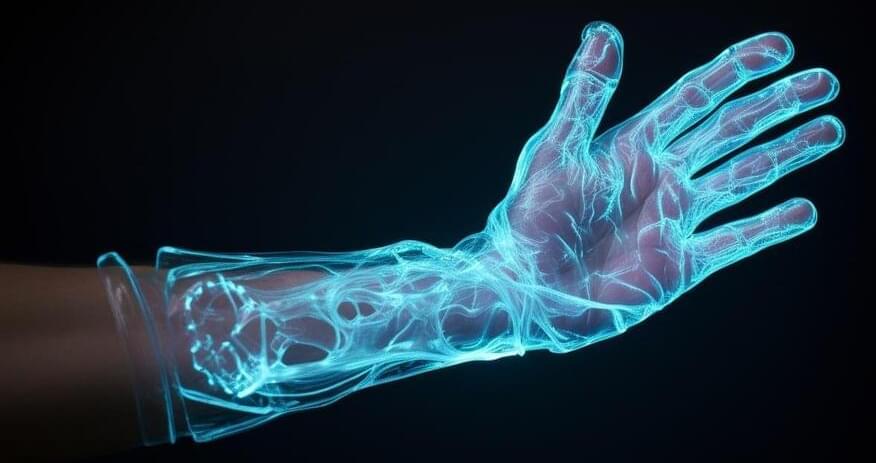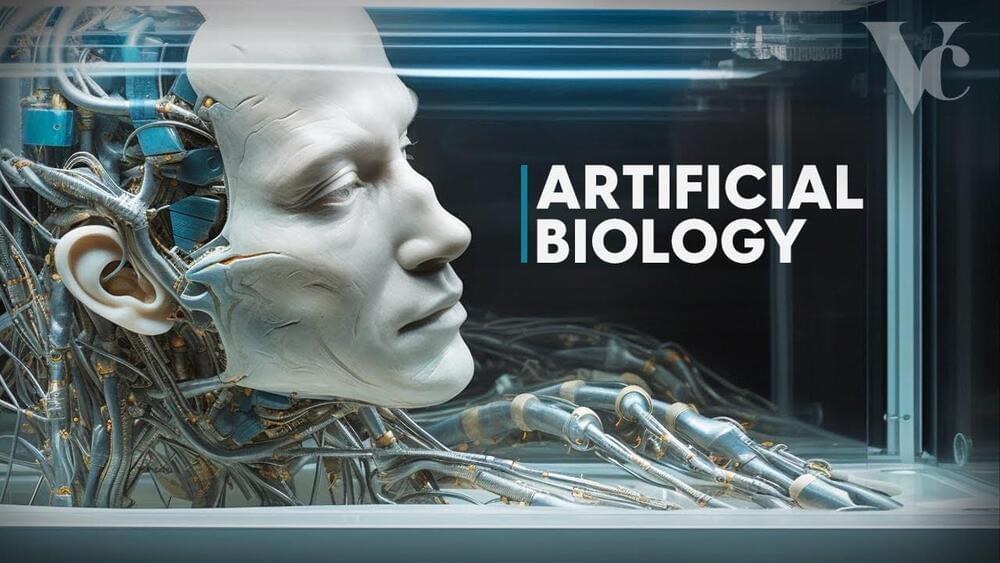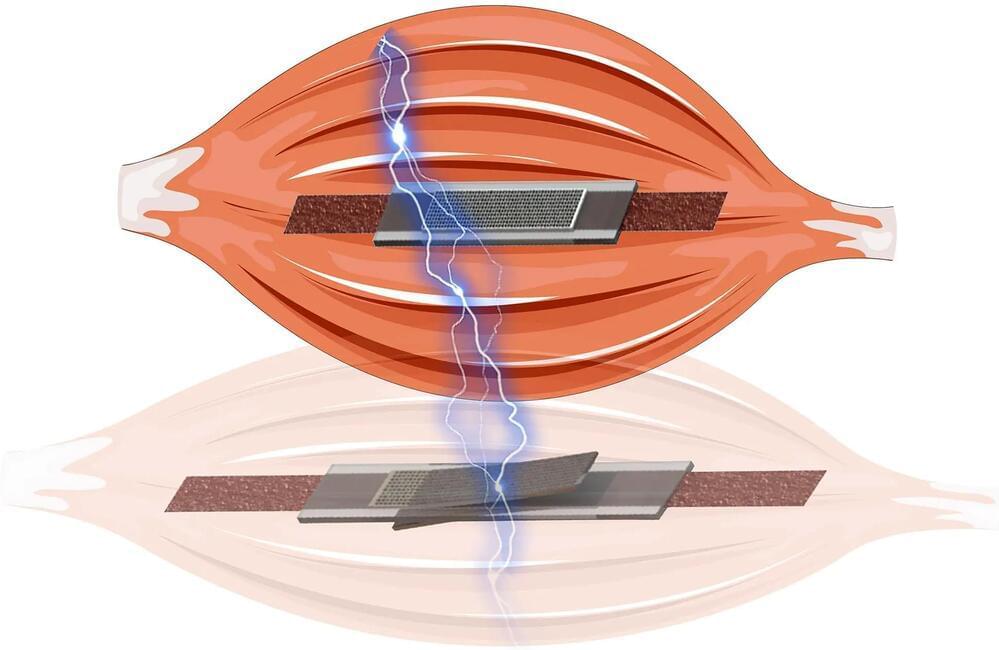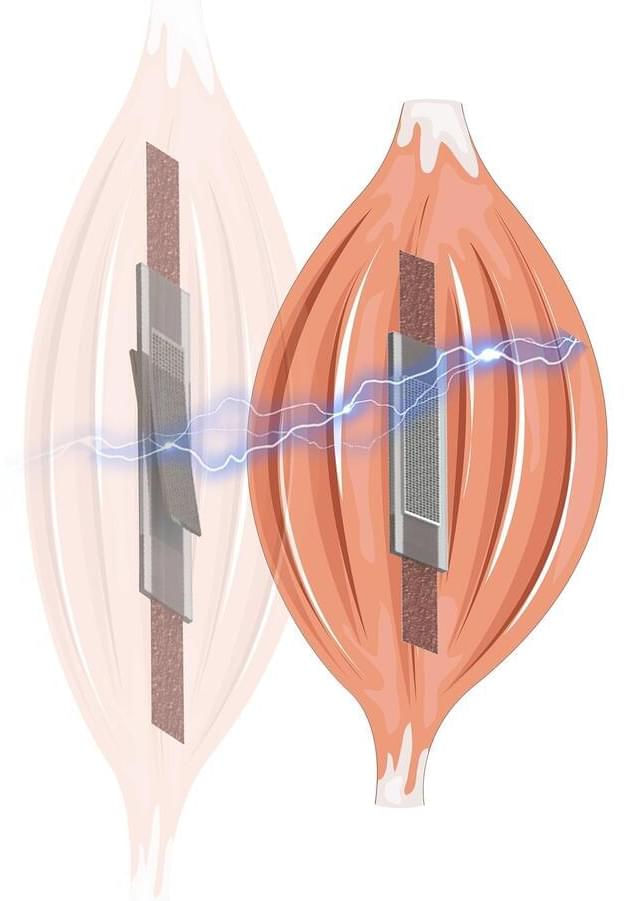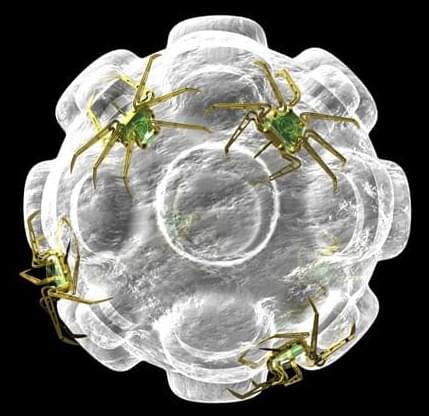Jul 28, 2023
Tiny Thermoelectric Device Restores Thermal Perception in Phantom Limb
Posted by Dan Breeden in categories: augmented reality, biotech/medical, cyborgs, satellites, wearables
Summary: Researchers created a revolutionary tiny and efficient thermoelectric device, which can help amputees feel temperature with their phantom limbs.
Known as the wearable thin-film thermoelectric cooler (TFTEC), this device is lightweight, incredibly fast, and energy-efficient, potentially revolutionizing applications such as prosthetics, augmented reality haptics, and thermally-modulated therapeutics. Additionally, this technology has potential in industries like electronics cooling and energy harvesting in satellites.
The study conducted to test the TFTEC demonstrated its ability to elicit cooling sensations in phantom limbs, doing so significantly faster, with more intensity, and less energy than traditional thermoelectric technology.
